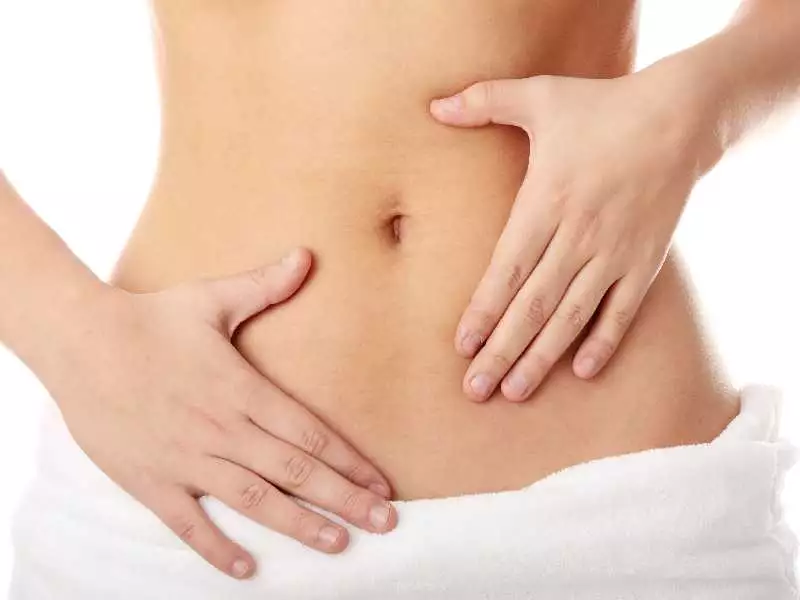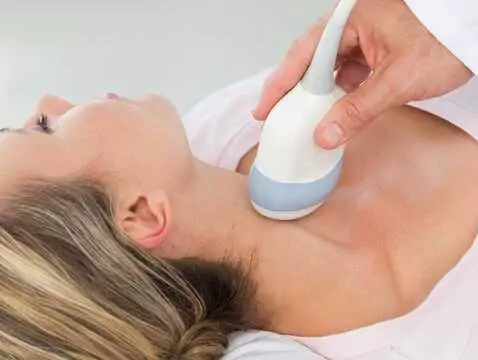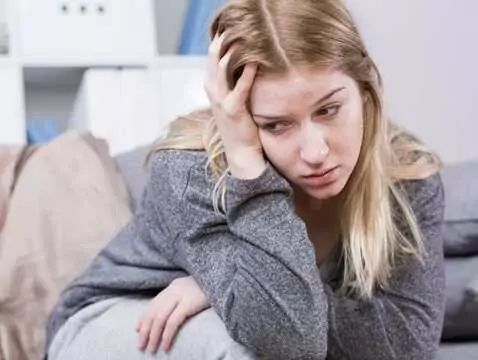PMS is an affliction faced by many women of reproductive age. There are many studies, both cross-sectional and focusing on selected cases, which point to certain patterns associated with the occurrence of symptoms. Strict criteria must be met in order to make a diagnosis. There are a number of therapeutic approaches that follow a specific regimen. In addition to pharmacology and surgery, there are also alternative forms of treatment.
PMS (Premenstrual Syndrome) is a cyclical condition of somatic or psychopathological disturbance that is related to the presence of the corpus luteum and the effect of ovarian steroid metabolites on the levels and activity of neurotransmitters. PMS, in the range of ways in which it manifests itself, includes about 150 different symptoms, of which women of childbearing age experience, in most cycles, at least a few in varying intensity.
To date, there has been a great deal of research on PMS, both cross-sectional and focusing on selected cases. The patterns that have been found mainly relate to a decrease in the severity of the symptom with age and a decrease in occurrence during the use of hormonal contraception. However, much depends on individual characteristics and sensitivity.
Diagnostic criteria for PMS
According to a WHO (World Health Organisation) decision, PMS is currently included in the list of gynaecological disorders, as disorders of the female genital organs.
ACOG (American College of Obstetricians and Gynecologists), points out that specific diagnostic criteria must be applied in order for PMS to be diagnosed and appropriate therapy to be undertaken. According to this, there must be at least one symptom in the psychological symptom group or at least one in the physical symptom group. The timing of the symptoms is also not insignificant, namely they must occur 5 days before the onset of menstruation, in each of the three previous cycles, and must be relieved up to 4 days from the first day of bleeding. Another presumption is that none of the symptoms, must return until at least day 13 of the menstrual cycle. In addition, no pharmacotherapy or hormonal medication may be used, and alcohol or drug use must be ruled out before the onset of symptoms. If all the criteria mentioned are met, PMS can be diagnosed.
The symptoms in question, which are necessary to make a specific diagnosis, include physical and psychological symptoms.
Physical symptoms include breast tightness, abdominal bloating, headaches or swelling of the limbs. Mental symptoms include depression, fits of anger or irritability, confusion, uneasiness, anxiety and alienation or withdrawal from social life.
Therapy
First and foremost, a change in style and lifestyle should always be considered. This means, above all, increasing physical activity, changing to a healthy diet and making sure meals are regular and, if necessary, reducing body weight. In addition, it is also worth trying to minimise stress. If PMS carries symptoms in the form of psychotic symptoms, therapy should be consulted with a psychiatrist. It is also helpful to keep a diary in which the worsening of the symptoms is noted, which gives a measure of whether the therapy applied is having the desired effect.
There is a therapeutic regimen that divides therapeutic interventions into certain stages.
The first is first-line therapy, which involves the inclusion of exercise, the use of cognitive-behavioural therapy, acupuncture, the introduction of dietary supplements or the hormonal contraceptive pill.
Second-line therapy is the inclusion of estradiol and progesterone treatment, which can be addressed through the use of an IUD that releases the active substances.
Third-line therapy is the use of GnRH analogues + add - back therapy.
The fourth and final treatment step, is the removal of the uterus with bilateral removal of the adnexa and the use of hormone therapy.
Hormone therapy
Natural progesterone was most commonly used to treat PMS, based on the theory that there is a deficiency of it in the body during the premenstrual period. However, there are a number of studies on this subject that do not support its effectiveness.
Another type of hormone therapy is the oral contraceptive pill, which contains the active substance drospirenone. The results of studies carried out on this therapy, show it to be highly effective, but with much better results when used continuously as opposed to the traditional 21/7 therapy. Although the contraceptive pill itself has many positive aspects, especially prophylactic, it also has its side effects, which is a reason for further attempts at clinical research on its effectiveness and safety.

photo: panthermedia
Another therapeutic option is the transdermal administration of oestradiol. Alternatively, a subcutaneous implant that gradually releases progesterone or the use of a contraceptive patch can be used. This type of therapy is effective in relieving the symptoms of severe PMS, but the use of high doses of oestradiol is not advisable due to insufficient clinical trials and possible severe side effects.
Treatment with GnRH analogues, should be extremely carefully considered and only recommended to patients with the most severe PMS symptoms. Early use of analogues is not recommended, nor should treatment with analogues last longer than six months. Cyclical monitoring of bone density, the inclusion of exercise and a proper diet are essential here, as taking analogues can imply dangerous and remote side effects.









